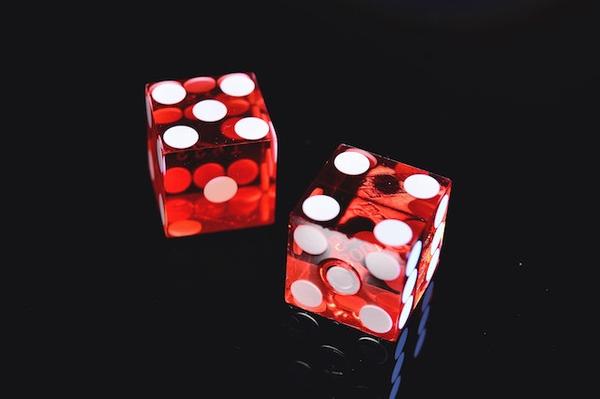Summary of Density-guided Translator Boosts Synthetic-to-real Unsupervised Domain Adaptive Segmentation Of 3d Point Clouds, by Zhimin Yuan et al.
Density-guided Translator Boosts Synthetic-to-Real Unsupervised Domain Adaptive Segmentation of 3D Point Clouds
by Zhimin Yuan, Wankang Zeng, Yanfei Su, Weiquan Liu, Ming Cheng, Yulan Guo, Cheng Wang
First submitted to arxiv on: 27 Mar 2024
Categories
- Main: Computer Vision and Pattern Recognition (cs.CV)
- Secondary: Artificial Intelligence (cs.AI)
GrooveSquid.com Paper Summaries
GrooveSquid.com’s goal is to make artificial intelligence research accessible by summarizing AI papers in simpler terms. Each summary below covers the same AI paper, written at different levels of difficulty. The medium difficulty and low difficulty versions are original summaries written by GrooveSquid.com, while the high difficulty version is the paper’s original abstract. Feel free to learn from the version that suits you best!
| Summary difficulty | Written by | Summary |
|---|---|---|
| High | Paper authors | High Difficulty Summary Read the original abstract here |
| Medium | GrooveSquid.com (original content) | Medium Difficulty Summary The proposed Density-Guided Translator (DGT) and two-stage self-training pipeline, DGT-ST, excel in 3D synthetic-to-real unsupervised domain adaptive segmentation tasks. By leveraging a non-learnable DGT to bridge the domain gap at the input level and utilizing prototype-based category-level adversarial networks for well-initialized models, DGT-ST outperforms state-of-the-art methods on two benchmark datasets, SynLiDAR → semanticKITTI and SynLiDAR → semanticPOSS, with improvements of 9.4% and 4.3% mIoU, respectively. |
| Low | GrooveSquid.com (original content) | Low Difficulty Summary The paper proposes a new way to improve computer vision models by making them work better in different environments. It’s like training a model on a picture taken from the sky and then using it to identify objects in pictures taken with a drone. The method uses a special translator that helps the model understand how images are different between these two types of cameras, which is important because the models might get confused if they’re not trained properly. This can lead to better results when identifying objects in new environments. |
Keywords
* Artificial intelligence * Self training * Unsupervised




